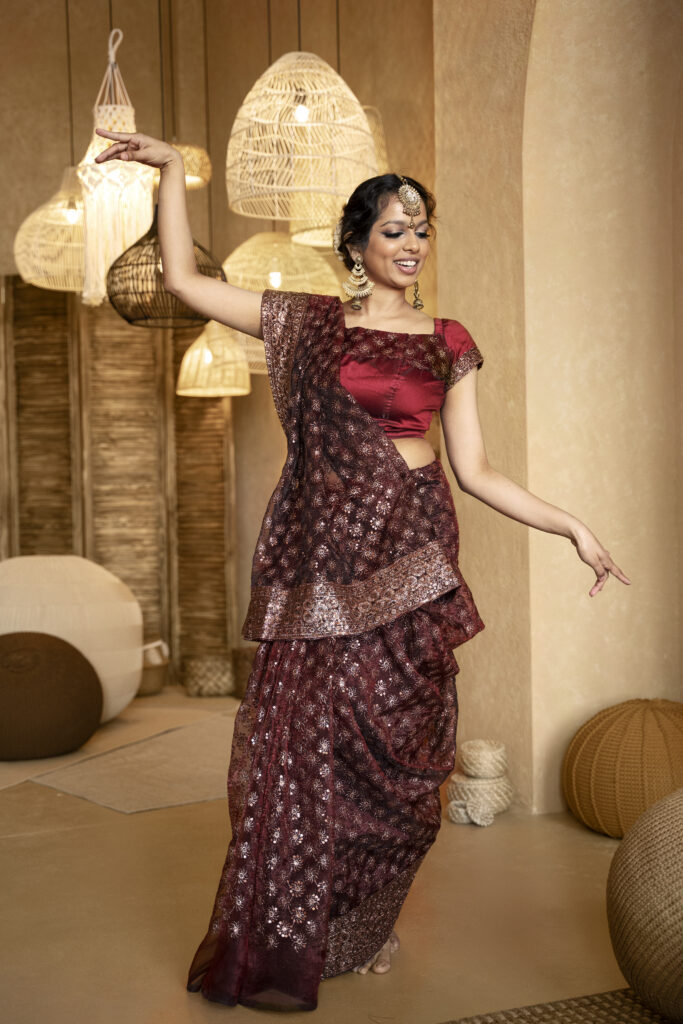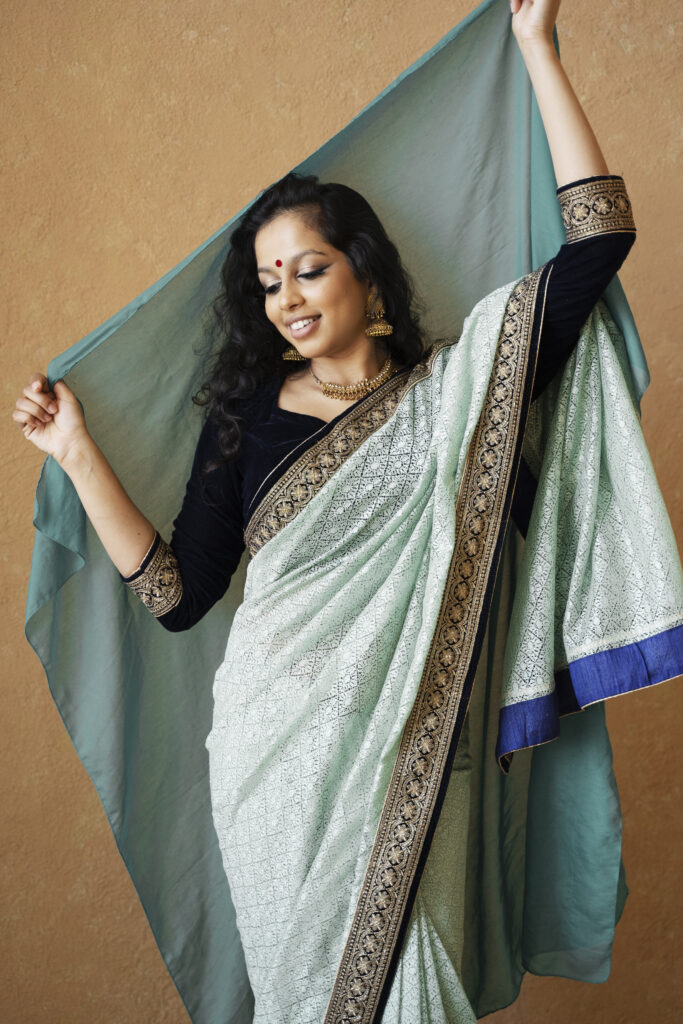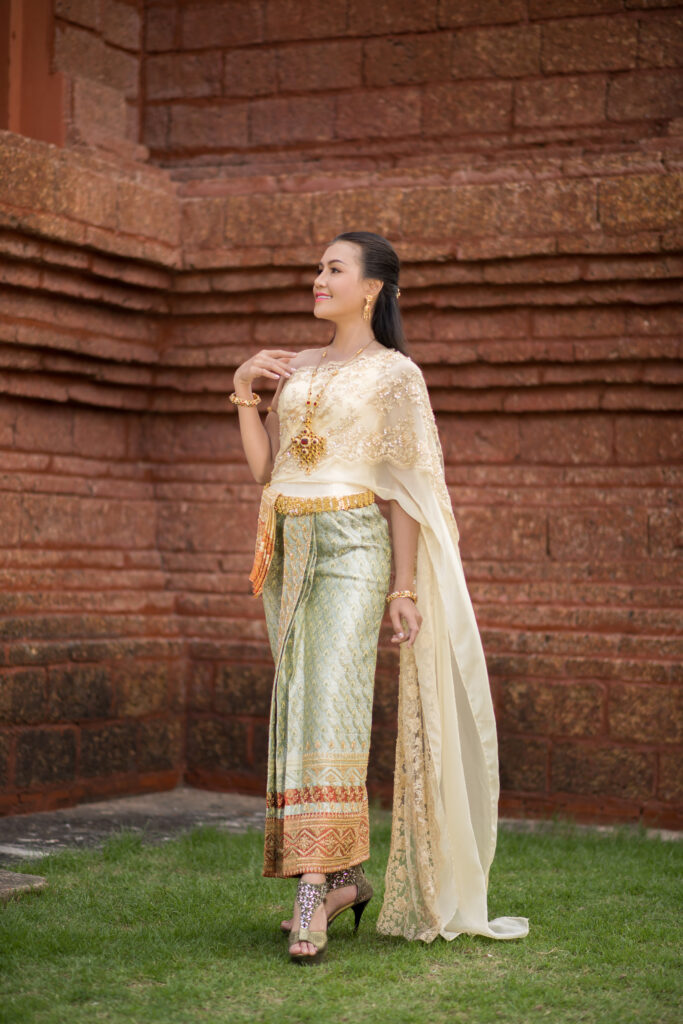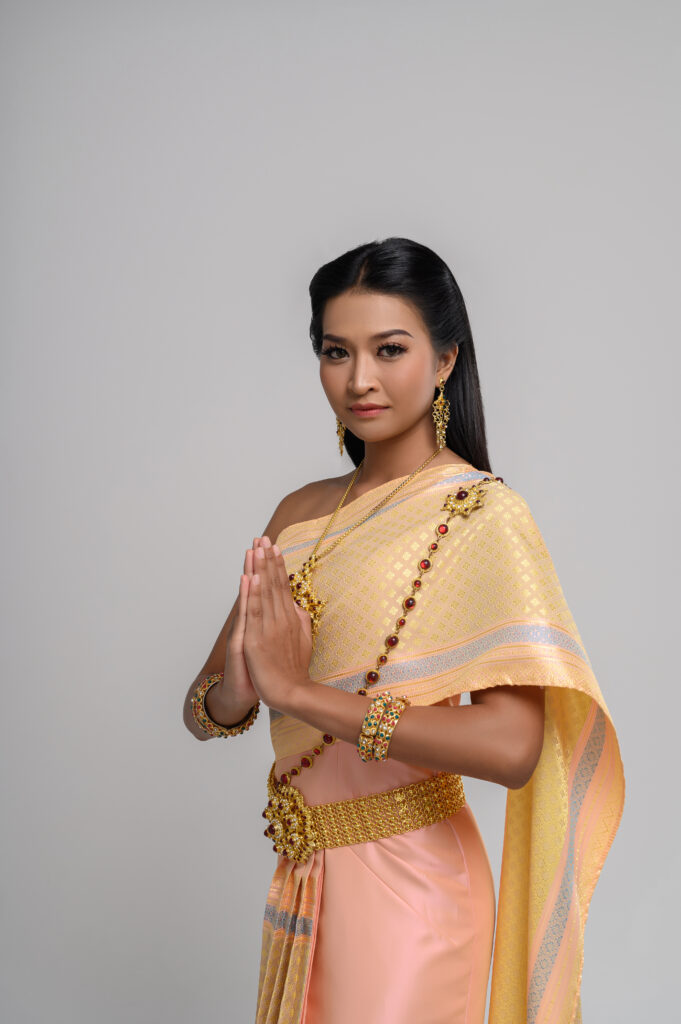
Saree Tradition
HOW TO DRAPE A SAREE
Drape a Saree are truly a timeless classic and an inseparable part of Indian attire. Their versatility and grace have made them a favorite among women for centuries. The beauty of a sari lies not only in its fabric but also in the various ways it can be draped, each individual style adding a unique charm and flair to the garment. The Indian subcontinent is home to a myriad of saree-draping styles, each distinct to its region. For instance, the Bengali saree draping style, or the ‘seedha pallu’ involves pinning the pallu on the left shoulder over the blouse. The southern region of India has popularized the Nivi style, where the saree is elegantly pleated and pinned on the waistline, with the remaining fabric draped over the shoulder. The Gujarati style of drape asaree, on the other hand, requires the pallu to be draped over the right shoulder and brought to the front over the left. In addition to these popular styles, there are many others like the Maharashtrian and Rajasthani styles, each with its own unique twist to the drape a saree. There is no doubt that the saree is a versatile garment that can be worn in any style, making it a go-to outfit for Indian women.


ABOUT SARI
A saree, also spelled as “sari,” is a traditional Indian garment that has been worn for centuries by women in South Asia, particularly in India, Bangladesh, Nepal, and Sri Lanka. It is a versatile and elegant piece of clothing that consists of a long piece of fabric, typically ranging from 4 to 9 meters in length, and is draped and pleated around the body to create a graceful and flowing garment.
Here are some key features and aspects of sarees:
- Fabric and Variety: Sarees come in a wide variety of fabrics, including silk, cotton, chiffon, georgette, crepe, and more. Each type of fabric offers a different texture and look. Silk sarees, in particular, are highly prized for their quality and craftsmanship.
- Draping Styles: There are various regional and cultural styles of draping a saree, each with its own unique look and cultural significance. Some well-known draping styles include the Nivi, Bengali, Gujarati, and Maharashtrian drapes.
- Blouse: A saree is typically worn with a matching or contrasting blouse, which covers the upper body and can be styled in various ways. The blouse can be short-sleeved, long-sleeved, or even sleeveless, depending on personal preference.
- Accessories: Sarees are often paired with a range of accessories, such as bangles, earrings, necklaces, bindis (forehead decorations), and ornate hairpins. These accessories enhance the overall look and can vary depending on the occasion.
- Occasions: Sarees are suitable for a wide range of occasions, from everyday wear to special events like weddings and festivals. The type of saree chosen and the way it is draped can vary based on the formality of the event.
- Regional Diversity: India is known for its diverse culture and traditions, and this diversity is reflected in the various regional styles and types of sarees. Examples include the Banarasi saree from Varanasi, the Kanjeevaram saree from Tamil Nadu, and the Benarasi saree from Bengal, each with its unique weaving and design techniques.
- Historical Significance: Sarees have a rich historical and cultural significance in India. They have evolved over thousands of years, and their styles and designs have been influenced by different eras and dynasties.
- Global Appeal: Sarees are not only worn in South Asia but have also gained popularity around the world. They are often seen on red carpets, fashion runways, and in various international settings.
- Modern Trends: While sarees have a traditional appeal, contemporary fashion designers have adapted them to suit modern tastes. Designer sarees often feature innovative designs and embellishments.
- Saree Care: The care and maintenance of a saree depend on its fabric. Silk sarees, for instance, require special attention and dry cleaning, while cotton sarees can be hand-washed.
Sarees are a symbol of Indian culture, and they continue to be an important part of women’s fashion, showcasing the country’s rich heritage and creativity. They represent not only clothing but also a sense of identity, art, and tradition for those who wear them.


